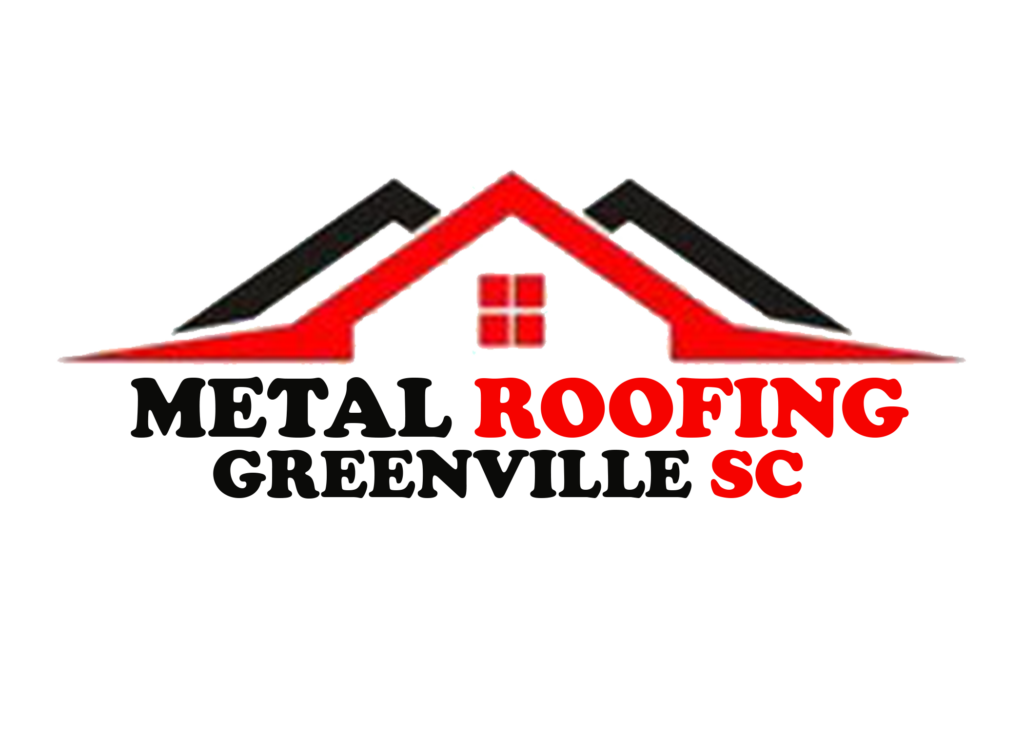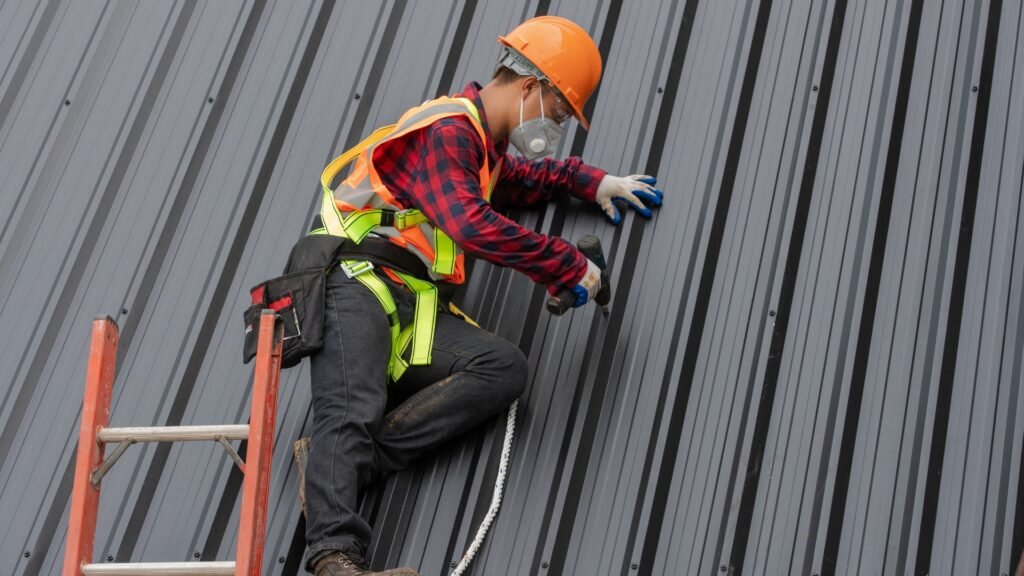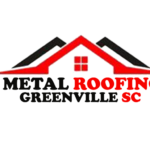In today’s roofing market, selecting the right material for your home or business is crucial not only for aesthetic appeal but also for long-term durability and cost-effectiveness. Among the myriad options available, metal roofs have emerged as a popular choice due to their resilience, energy efficiency, and distinctive appearance.
As you embark on the journey of exploring metal roofing options, understanding the factors that contribute to their cost can empower you to make informed decisions that align with your budget and preferences. From material choices to installation intricacies, each component plays a pivotal role in determining the overall expense.
This guide delves into the intricacies of metal roof pricing, providing comprehensive insights into the various factors influencing costs, average price breakdowns, and the long-term benefits that justify the initial investment. Whether you’re considering a roof replacement or exploring roofing materials for a new construction project, this article will equip you with the knowledge needed to navigate the market confidently.
Stay tuned as we uncover everything you need to know about how much a metal roof costs and why it might be the ideal choice for your property. Let’s dive into the details and uncover the true value of investing in a metal roof solution.
Types of Metal Roofing Materials
Choosing the right metal roofing material is crucial as it directly impacts both the aesthetic appeal and durability of your roof. Each type of metal offers unique characteristics suited to different climates and architectural styles. Here’s a breakdown of popular metal roofing materials:
Steel Roofing
Steel is one of the most common and affordable metal roofing options available. Known for its durability and strength, steel roofs are typically coated with zinc or a combination of zinc and aluminum to enhance rust resistance. They are available in various gauges and can mimic the appearance of other materials like wood or tile.
Aluminum Roofing
Aluminum roofs are lightweight, corrosion-resistant, and ideal for coastal areas where salt exposure is a concern. They are highly malleable, allowing for intricate designs and profiles. Aluminum roofs are known for their longevity and minimal maintenance requirements.
Copper Roofing
Copper roofs are prized for their timeless beauty and natural patina that develops over time. While initially expensive, copper roofs are exceptionally durable and can last for centuries with proper maintenance. They are often chosen for their aesthetic appeal and architectural statement.
Zinc Roofing
Zinc roofs offer excellent corrosion resistance and are known for their low maintenance requirements. Over time, zinc develops a protective layer called patina, which enhances its durability. Zinc roofs are environmentally friendly and recyclable, making them a sustainable choice.
Considerations for Choosing a Metal Roof
When selecting a metal roofing material, consider factors such as:
- Climate suitability: Some metals are better suited to specific climates.
- Aesthetic preferences: Choose a metal that complements your home’s architectural style.
- Longevity and maintenance: Assess the lifespan and maintenance needs of each material.
Understanding these distinctions will help you make an informed decision that meets your budget and enhances your property’s curb appeal. Whether you prioritize affordability, durability, or aesthetic charm, there’s a metal roofing material that’s right for you.
Factors Affecting the Cost of Metal Roofing
Understanding the factors that influence the cost of a metal roof is essential for budgeting and planning your roofing project effectively. Several key elements contribute to the overall expense:
Material Costs
The type of metal used significantly impacts the cost of your roof. Steel, aluminum, copper, and zinc each come with varying price points based on their availability, durability, and aesthetic qualities. Choosing a higher-grade metal or specialized coatings can increase material costs.
Roof Size and Complexity
The size of your roof in square footage and its complexity play a crucial role in pricing. Larger roofs naturally require more materials and labor, while roofs with intricate designs or multiple angles may increase installation time and cost.
Labor Costs
Installation costs can vary widely based on the expertise of the roofing contractor, local labor rates, and the complexity of the installation process. Professional installation ensures proper fitting and longevity of your metal roof, but it does come at a price.
Additional Costs
Beyond the basic metal roofing materials and labor, additional expenses may include underlayment, flashing, and insulation. These components are essential for ensuring your roof is weatherproof and energy-efficient.
Cost-Saving Tips
To optimize your metal roofing investment:
- Compare Quotes: Obtain multiple quotes from reputable contractors to ensure competitive pricing.
- Plan Ahead: Schedule installations during off-peak seasons to potentially negotiate lower labor costs.
- Consider Longevity: Factor in the extended lifespan and minimal maintenance requirements of metal roofs, which can reduce long-term expenses.
By considering these factors and exploring your options, you can make informed decisions that align with your budget and provide lasting value for your property. Whether you’re upgrading an existing roof or planning a new construction, understanding these cost factors is crucial to achieving a successful metal roofing project.
Average Cost Breakdown of Metal Roofing
Understanding the average costs associated with metal roofing can help you plan and budget effectively for your project. Here’s a breakdown of what typically influences the overall cost:
National and Regional Averages
- Metal roofing costs can vary widely depending on your location and local market conditions. National averages provide a general guideline, but regional factors such as climate and labor costs can significantly impact pricing.
Cost per Square Foot
- On average, metal roofing costs range from $7 to $12 per square foot installed. Factors such as the type of metal, roof complexity, and local labor rates will determine where your project falls within this range.
Installation Costs
- Installation typically comprises a significant portion of the total cost. Professional installation ensures proper fitment and warranty coverage, with labor costs averaging between $3 to $7 per square foot.
Additional Costs
- Beyond materials and labor, additional expenses may include underlayment, flashing, and insulation. These components are essential for weatherproofing and energy efficiency, adding to the overall project cost.
Cost-Saving Considerations
- Energy Efficiency: Metal roofs can reduce heating and cooling costs over time, providing long-term savings.
- Longevity: With a lifespan of 40-70 years, metal roofs offer durability that can offset initial higher costs compared to other roofing materials.
- Maintenance: Minimal maintenance requirements translate to lower ongoing expenses.
Understanding these cost breakdowns empowers you to make informed decisions about your roofing investment. By comparing quotes, considering long-term savings, and prioritizing quality materials, you can ensure your metal roofing project meets your budget and enhances your property’s value.
Cost Savings and Long-Term Benefits of Metal Roofing
Metal roofing offers significant cost savings and long-term benefits that justify its initial investment. Here are key advantages:
- Energy Efficiency: Metal roofs reflect solar heat, reducing cooling costs in hot climates.
- Durability: With a lifespan of 40-70 years, metal roofs require minimal maintenance, saving on repair expenses.
- Insurance Discounts: Some insurers offer lower premiums due to metal roofs’ resistance to fire, hail, and wind damage.
- Environmental Impact: Metal roofs are recyclable and often contain recycled materials, supporting sustainability efforts.
These benefits make metal roofing a wise choice for homeowners looking to enhance property value while reducing long-term expenses.
Return on Investment (ROI) of Metal Roofs
Understanding the ROI of metal roofs is crucial for homeowners considering a roofing upgrade. Key factors influencing ROI include:
- Longevity: Metal roofs can last 40-70 years, reducing replacement and maintenance costs.
- Energy Savings: Reflective coatings and insulation can lower heating and cooling bills.
- Property Value: Metal roofs enhance curb appeal and may increase resale value.
- Financial Incentives: Tax credits and rebates for energy-efficient home improvements can offset initial costs.
Considering these factors helps homeowners maximize their investment in a metal roof, ensuring both immediate and long-term financial benefits.
Cost Comparison with Other Roofing Materials
When comparing the cost of metal roofs with other roofing materials, several factors come into play:
- Initial Cost: Metal roofs generally have a higher upfront cost compared to materials like asphalt shingles or wood.
- Long-Term Savings: Metal roofs offer lower maintenance and longer lifespan, reducing lifetime costs.
- Energy Efficiency: Reflective properties of metal reduce cooling costs, unlike traditional materials.
- Environmental Impact: Recyclability and sustainability of metal roofs contribute to long-term value.
Considering these aspects helps homeowners make informed decisions based on their budget, preferences, and long-term goals for their property’s roof.
Choosing the Right Metal Roofing Contractor
Selecting the right metal roofing contractor is essential for ensuring a successful and durable roof installation. Here are key considerations:
- Experience: Look for contractors with extensive experience in installing metal roofs.
- Credentials: Verify licenses, insurance, and certifications to ensure compliance with local regulations.
- Reviews and References: Check customer reviews and ask for references to gauge the contractor’s reputation.
- Detailed Estimates: Obtain multiple quotes that include breakdowns of materials, labor, and additional costs.
- Warranties: Ensure the contractor offers warranties on both materials and workmanship for peace of mind.
By prioritizing these factors, homeowners can confidently choose a reliable contractor who meets their needs and delivers quality results for their metal roofing project.
Conclusion: Choosing the Best Metal Roof for Your Home
In conclusion, understanding the cost factors and benefits of metal roofing is crucial for making a well-informed decision. Whether you prioritize durability, energy efficiency, or long-term savings, a metal roof offers compelling advantages that justify its initial investment. By comparing ROI, considering environmental impact, and exploring cost-saving measures, homeowners can find the perfect balance between affordability and quality. Consult with a reputable metal roofing contractor to get personalized advice and estimates tailored to your specific needs. Invest in a metal roof today to enhance your home’s value and enjoy decades of protection and performance.


